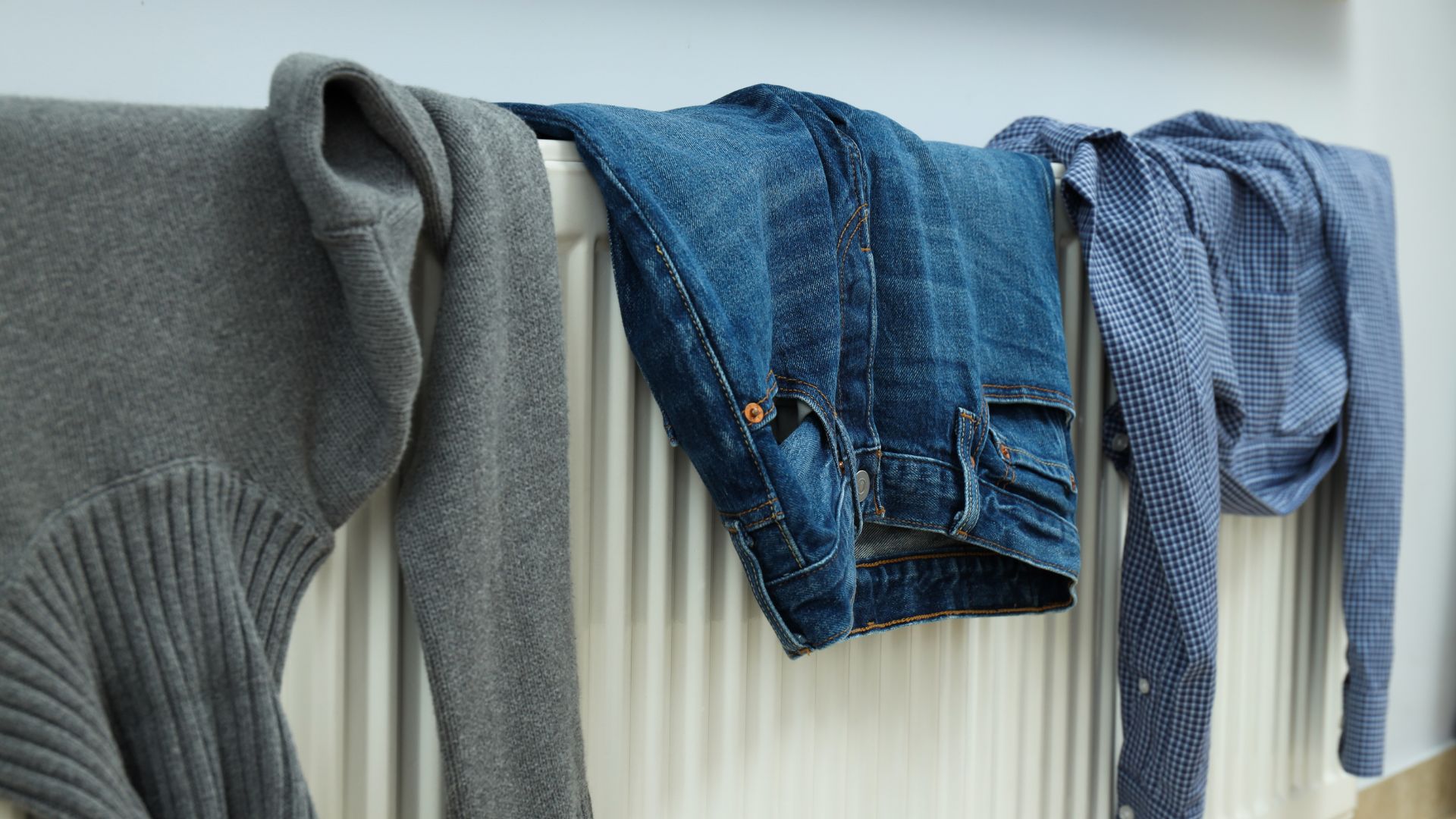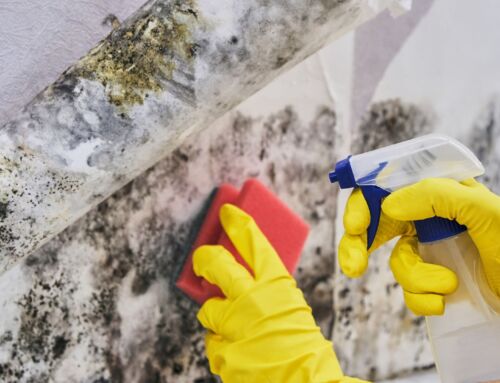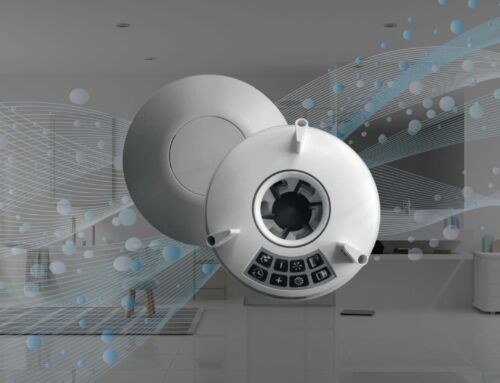Drying clothes on radiators might seem like a convenient solution, especially during colder months when outdoor drying is impractical. However, this habit can lead to significant problems for your home and health, including increased condensation and the growth of mould. Here’s why you should think twice before using radiators as a drying rack.
Condensation Issues
When wet clothes are placed on a radiator, the heat causes the moisture to evaporate into the air. This raises the humidity levels in your home. Excessive humidity results in condensation, particularly on cooler surfaces like windows and walls. Over time, this build-up of moisture can cause visible water droplets, peeling wallpaper, and structural damage to your property. Rooms with poor ventilation are especially vulnerable, as the moisture has nowhere to escape, further compounding the problem.
Mould Growth
Condensation creates the perfect environment for mould growth. Mould thrives in damp, humid conditions and can quickly spread on walls, ceilings, and even furniture. Not only is mould unsightly, but it also poses health risks. Prolonged exposure to mould spores can trigger allergies, asthma, and respiratory issues, particularly in vulnerable individuals such as children, the elderly, and those with pre-existing health conditions.
Inefficient Heating
Drying clothes on radiators also hampers the efficiency of your heating system. By covering the radiator, you block the heat from circulating properly, making it harder to warm up your room. This means your boiler will need to work harder, leading to higher energy bills and unnecessary wear on your heating system.
Health Concerns
Aside from respiratory issues caused by mould, increased indoor humidity can also contribute to dust mites, another common allergen. Additionally, damp clothing can release chemicals from detergents and fabric softeners into the air, potentially exacerbating indoor air quality concerns.
Better Alternatives
Instead of using radiators, consider alternative methods to dry your clothes. A heated drying rack or dehumidifier can expedite drying without increasing humidity levels. If weather permits, outdoor drying remains the best option. For indoor drying, ensure proper ventilation by opening windows or using an extractor fan.
At Home Building and Surveying, we understand the importance of maintaining a healthy indoor environment. We offer a variety of ventilation solutions to help reduce the risks of mould and condensation in your home. Get in touch today for more information and expert advice tailored to your needs.





